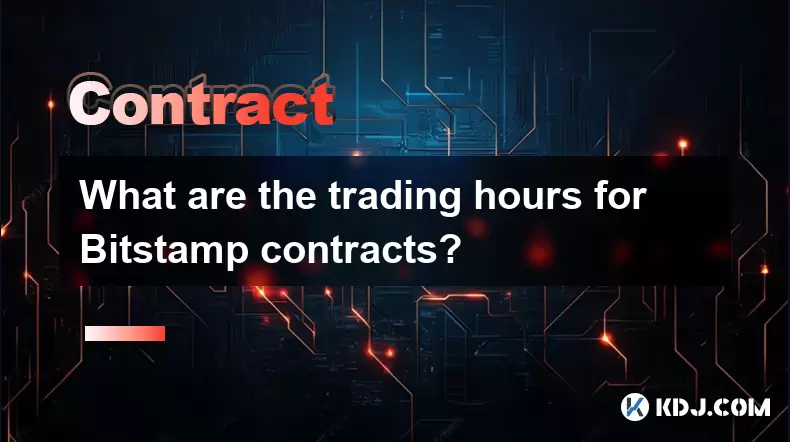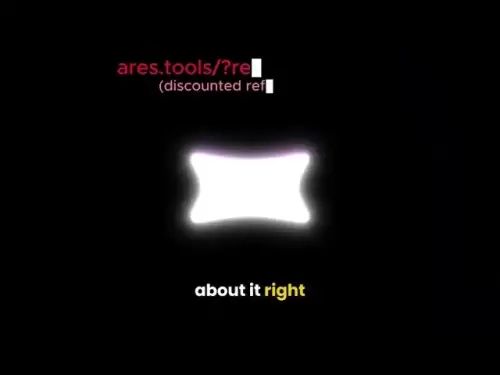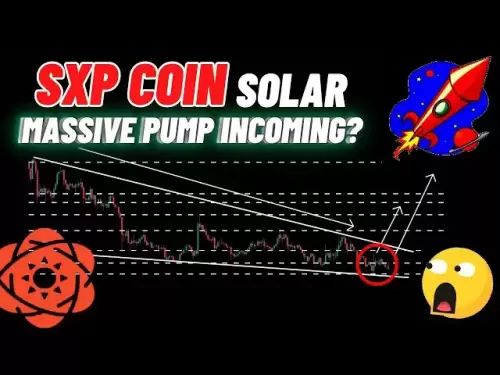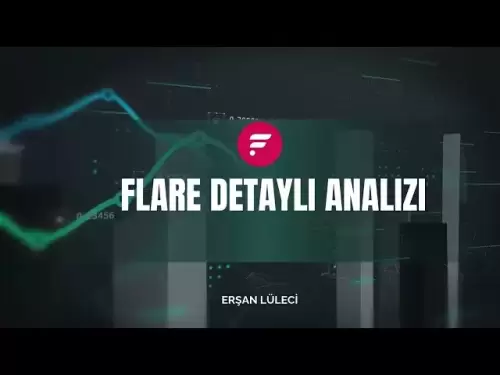-
 Bitcoin
Bitcoin $117500
2.04% -
 Ethereum
Ethereum $3759
3.02% -
 XRP
XRP $3.171
3.30% -
 Tether USDt
Tether USDt $1.000
0.03% -
 BNB
BNB $782.4
2.52% -
 Solana
Solana $187.2
5.62% -
 USDC
USDC $0.0000
0.02% -
 Dogecoin
Dogecoin $0.2380
5.26% -
 TRON
TRON $0.3175
1.07% -
 Cardano
Cardano $0.8227
4.03% -
 Hyperliquid
Hyperliquid $44.50
5.44% -
 Sui
Sui $4.020
10.07% -
 Stellar
Stellar $0.4396
6.28% -
 Chainlink
Chainlink $18.32
4.55% -
 Hedera
Hedera $0.2628
10.71% -
 Bitcoin Cash
Bitcoin Cash $554.8
4.90% -
 Avalanche
Avalanche $24.20
4.60% -
 Litecoin
Litecoin $113.7
2.31% -
 Shiba Inu
Shiba Inu $0.00001413
5.99% -
 UNUS SED LEO
UNUS SED LEO $8.984
0.11% -
 Toncoin
Toncoin $3.326
7.22% -
 Ethena USDe
Ethena USDe $1.001
0.00% -
 Uniswap
Uniswap $10.49
4.56% -
 Polkadot
Polkadot $4.092
4.02% -
 Monero
Monero $326.6
1.30% -
 Dai
Dai $1.000
-0.01% -
 Bitget Token
Bitget Token $4.570
2.49% -
 Pepe
Pepe $0.00001267
5.10% -
 Aave
Aave $297.3
3.10% -
 Cronos
Cronos $0.1344
4.10%
Best Bitcoin futures trading strategy.
Bitcoin futures let traders bet on Bitcoin's future price using leverage, with contracts expiring or perpetual, and platforms like Binance and Bybit offering tools for technical analysis and risk management.
Jul 26, 2025 at 02:29 am

Understanding Bitcoin Futures Trading
Bitcoin futures trading allows investors to speculate on the future price of Bitcoin without owning the actual cryptocurrency. These contracts derive their value from Bitcoin's price and are traded on platforms like Binance, Bybit, and OKX. Traders can go long (buy) if they expect the price to rise or short (sell) if they anticipate a drop. Unlike spot trading, futures trading often includes leverage, which amplifies both profits and losses.
Futures contracts come with expiration dates, and traders must choose between quarterly or perpetual contracts. Perpetual contracts are more popular due to their lack of expiry, allowing traders to hold positions indefinitely as long as they can cover funding fees and margin requirements.
Choosing the Right Exchange and Leverage
Selecting a reliable exchange is crucial for implementing a successful Bitcoin futures trading strategy. Top-tier platforms like Binance Futures, Bybit, and Bitget offer high liquidity, low fees, and robust security features. Before choosing a platform, ensure it supports your region, offers transparent fee structures, and provides adequate risk management tools.
Leverage is a double-edged sword. While it allows traders to control large positions with minimal capital, it also increases the risk of liquidation. For most retail traders, using 2x to 10x leverage is recommended, especially in volatile markets like Bitcoin. Always assess your risk tolerance before deciding on the leverage level.
Technical Analysis for Bitcoin Futures
Technical analysis plays a pivotal role in Bitcoin futures trading. Traders rely on tools such as moving averages, RSI (Relative Strength Index), MACD (Moving Average Convergence Divergence), and Bollinger Bands to identify potential entry and exit points. Chart patterns like head and shoulders, triangles, and candlestick formations also provide valuable insights into market sentiment.
For instance, when the RSI drops below 30, it often signals that Bitcoin is oversold and may rebound. Conversely, an RSI above 70 indicates overbought conditions and a potential pullback. Combining multiple indicators can help filter out false signals and increase the accuracy of trade setups.
Risk Management in Bitcoin Futures Trading
Risk management is essential when trading Bitcoin futures due to the high volatility and leverage involved. Traders should always use stop-loss and take-profit orders to protect their capital. A common practice is to set a stop-loss at a level that aligns with technical support or resistance zones.
Another critical concept is position sizing. Determine how much of your portfolio you're willing to risk on a single trade—usually between 1% to 5%. This ensures that even if a trade goes against you, your overall account remains intact. Also, avoid overtrading and stick to your trading plan to prevent emotional decision-making.
Using Funding Rates in Perpetual Contracts
Perpetual futures contracts have a unique feature called funding rates, which are periodic payments made to ensure the contract price stays close to the spot price. These rates can be positive or negative, depending on whether long or short positions dominate the market.
Monitoring funding rates can provide insight into market sentiment. A high positive funding rate suggests that bulls are paying bears to hold long positions, which might indicate a bullish bias. Conversely, a negative funding rate implies that shorts are in control, possibly signaling a bearish trend. Savvy traders use this information to adjust their positions accordingly.
Backtesting and Demo Trading Strategies
Before deploying a Bitcoin futures trading strategy with real money, it's crucial to test it thoroughly. Backtesting involves applying your strategy to historical price data to evaluate its performance. Many platforms like TradingView and Python-based tools such as Backtrader allow traders to simulate their strategies effectively.
Demo trading is another way to validate your approach without risking real funds. It helps traders understand how their strategy behaves in live market conditions, including slippage and execution delays. Key metrics to analyze during testing include win rate, risk-reward ratio, and maximum drawdown.
- Ensure your strategy is consistent across different market cycles
- Test for both trending and ranging market conditions
- Adjust parameters to optimize performance without overfitting
Frequently Asked Questions
Q: What is the difference between Bitcoin futures and spot trading?
A: Bitcoin futures involve contracts that speculate on future prices, while spot trading involves buying or selling Bitcoin for immediate delivery. Futures allow for leverage and shorting, which are not typically available in spot markets.
Q: Can I lose more than my initial investment in Bitcoin futures?
A: Yes, if you're using leverage and the market moves against you, you may lose more than your initial margin. However, most exchanges offer auto-deleveraging or insurance funds to prevent negative balances in most cases.
Q: How do I choose between quarterly and perpetual futures contracts?
A: Perpetual contracts are more flexible and popular for short-term trading due to no expiration date. Quarterly contracts are suitable for long-term investors or hedgers who want to lock in a specific future price.
Q: Are Bitcoin futures regulated?
A: Bitcoin futures are regulated in several jurisdictions. In the U.S., the CFTC regulates Bitcoin futures, while in other regions, exchanges operate under different regulatory frameworks. Always ensure you're using a licensed and reputable platform.
Disclaimer:info@kdj.com
The information provided is not trading advice. kdj.com does not assume any responsibility for any investments made based on the information provided in this article. Cryptocurrencies are highly volatile and it is highly recommended that you invest with caution after thorough research!
If you believe that the content used on this website infringes your copyright, please contact us immediately (info@kdj.com) and we will delete it promptly.
- Pi Coin, Wallet Features, and Coinbase: What's the Buzz?
- 2025-07-26 18:30:12
- Worldcoin, Punisher Coin, and the Meme Coin Mania: What's the Haps?
- 2025-07-26 18:30:12
- Dogecoin Trajectory: From Meme to Mainstream and Beyond in Crypto
- 2025-07-26 17:10:14
- LasMeta, Pyth Network, NovaDrop NFTs: Decoding the Buzz
- 2025-07-26 16:30:12
- SHIB Long/Short: Riding the Shiba Inu Waves Like a Pro
- 2025-07-26 17:50:12
- VeChain (VET) Price Prediction: Will VET Reach $0.040 in August 2025?
- 2025-07-26 16:50:12
Related knowledge

Why is my Bitstamp futures position being liquidated?
Jul 23,2025 at 11:08am
Understanding Futures Liquidation on BitstampFutures trading on Bitstamp involves borrowing funds to open leveraged positions, which amplifies both po...

Does Bitstamp offer inverse contracts?
Jul 23,2025 at 01:28pm
Understanding Inverse Contracts in Cryptocurrency TradingIn the realm of cryptocurrency derivatives, inverse contracts are a specific type of futures ...

How to find your Bitstamp futures trade history?
Jul 23,2025 at 08:07am
Understanding Bitstamp and Futures Trading AvailabilityAs of the current state of Bitstamp’s service offerings, it is critical to clarify that Bitstam...

Can I use a trailing stop on Bitstamp futures?
Jul 23,2025 at 01:42pm
Understanding Trailing Stops in Cryptocurrency TradingA trailing stop is a dynamic type of stop-loss order that adjusts automatically as the price of ...

Can I use a trailing stop on Bitstamp futures?
Jul 25,2025 at 02:28am
Understanding Trailing Stops in Cryptocurrency Futures TradingA trailing stop is a dynamic type of stop-loss order that adjusts automatically as the m...

What are the trading hours for Bitstamp contracts?
Jul 24,2025 at 11:56am
Understanding Bitstamp and Contract Trading AvailabilityBitstamp is one of the longest-standing cryptocurrency exchanges, established in 2011 and head...

Why is my Bitstamp futures position being liquidated?
Jul 23,2025 at 11:08am
Understanding Futures Liquidation on BitstampFutures trading on Bitstamp involves borrowing funds to open leveraged positions, which amplifies both po...

Does Bitstamp offer inverse contracts?
Jul 23,2025 at 01:28pm
Understanding Inverse Contracts in Cryptocurrency TradingIn the realm of cryptocurrency derivatives, inverse contracts are a specific type of futures ...

How to find your Bitstamp futures trade history?
Jul 23,2025 at 08:07am
Understanding Bitstamp and Futures Trading AvailabilityAs of the current state of Bitstamp’s service offerings, it is critical to clarify that Bitstam...

Can I use a trailing stop on Bitstamp futures?
Jul 23,2025 at 01:42pm
Understanding Trailing Stops in Cryptocurrency TradingA trailing stop is a dynamic type of stop-loss order that adjusts automatically as the price of ...

Can I use a trailing stop on Bitstamp futures?
Jul 25,2025 at 02:28am
Understanding Trailing Stops in Cryptocurrency Futures TradingA trailing stop is a dynamic type of stop-loss order that adjusts automatically as the m...

What are the trading hours for Bitstamp contracts?
Jul 24,2025 at 11:56am
Understanding Bitstamp and Contract Trading AvailabilityBitstamp is one of the longest-standing cryptocurrency exchanges, established in 2011 and head...
See all articles

























































































